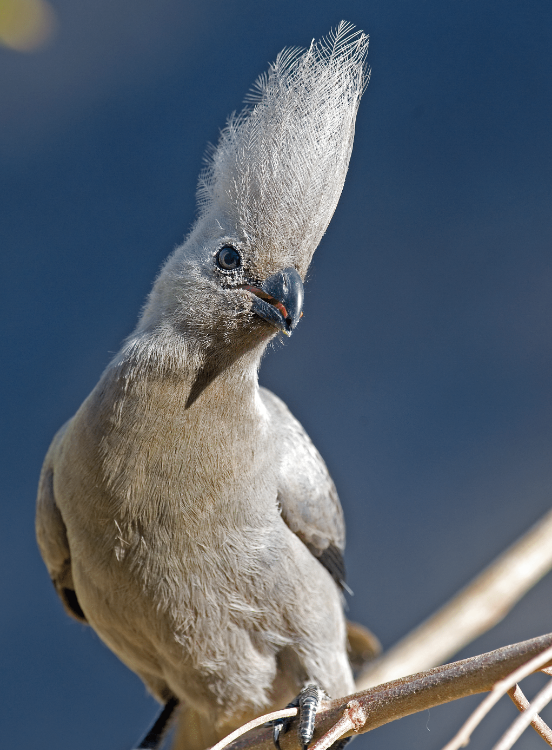Beds with a story – Swakopmund
August 31, 2012Discover the cultures of northern Namibia
August 31, 2012by Pompie Burger
African Purple Swamphen
Porphyrio madagascarienses
Roberts No 223
 This colourful bird was formerly known as the Purple Gallinule, an impressive name indeed. You could quite justifiably call your son Gallinule, or your daughter, for that matter.
This colourful bird was formerly known as the Purple Gallinule, an impressive name indeed. You could quite justifiably call your son Gallinule, or your daughter, for that matter.
The first time we saw a Purple Swamphen, I thought it was the best-looking chicken I’d ever seen. The colour of these birds, metallic on the back, brilliant blue on the rest of the body and with those bright red bill and legs is most impressive, especially since we first encountered it at the Walvis Bay lagoon, where the other birds have a somewhat monochrome appearance, not stimulating at all.
Because Purple Swamphens are rather shy, you can regard yourself as lucky to come across one of these ‘chickens’. Their distribution is dictated by the presence of water, thus wherever there are reed beds, marshes and flooded grasslands, you have a good chance of seeing them. Although they are very shy you might be rewarded if you wait patiently, because they often wade out into the open to feed. When feeding, they tend to flick their white tails frequently, apparently to indicate uneasiness and to warn off predators.
Their feet, which look like two huge crayfish, are important tools for feeding. They shuffle them in the mud, ‘feeling’ for their meal, then pick it up and eat it from between those huge red fingers. Their main source of food is vegetable matter such as roots stems, leaves, flowers and water lilies. Animal prey includes insects, snails, crabs, eggs and frogs.
These birds are monogamous co-operative breeders and rather aggressive territorial defenders, especially the males. Males and females look alike, except that the male is bigger than the female. Their calls, however, described by Roberts Birds of Southern Africa as shrieks, cackles, groans and grunts, are rather unappealing.
This article appeared in the Feb/March ‘08 edition of Travel News Namibia.

